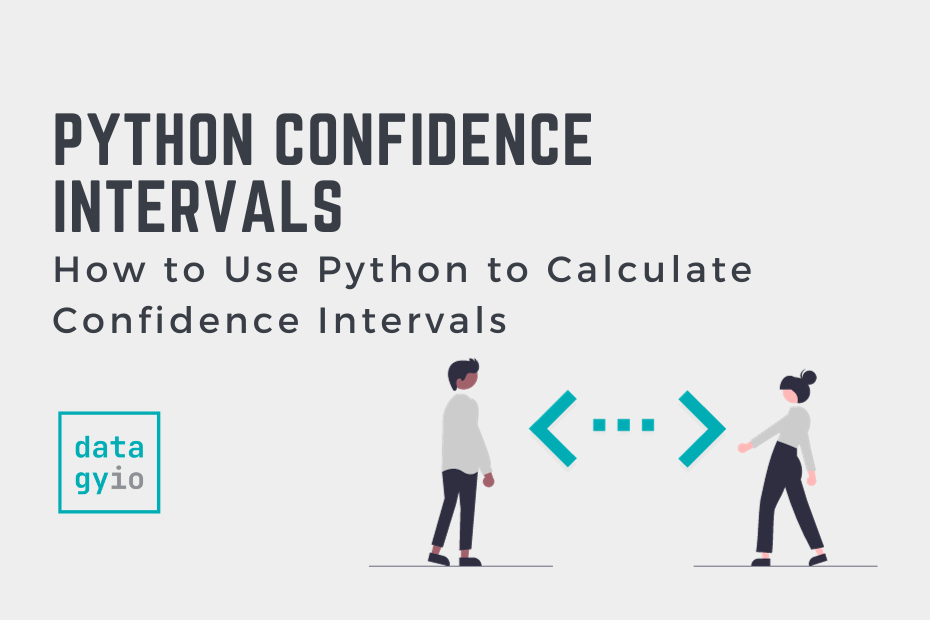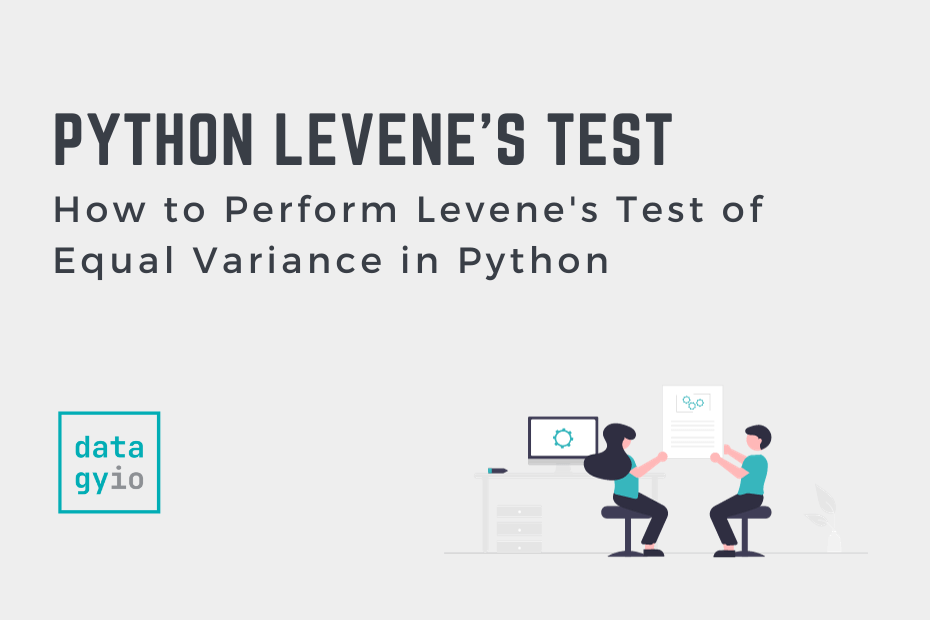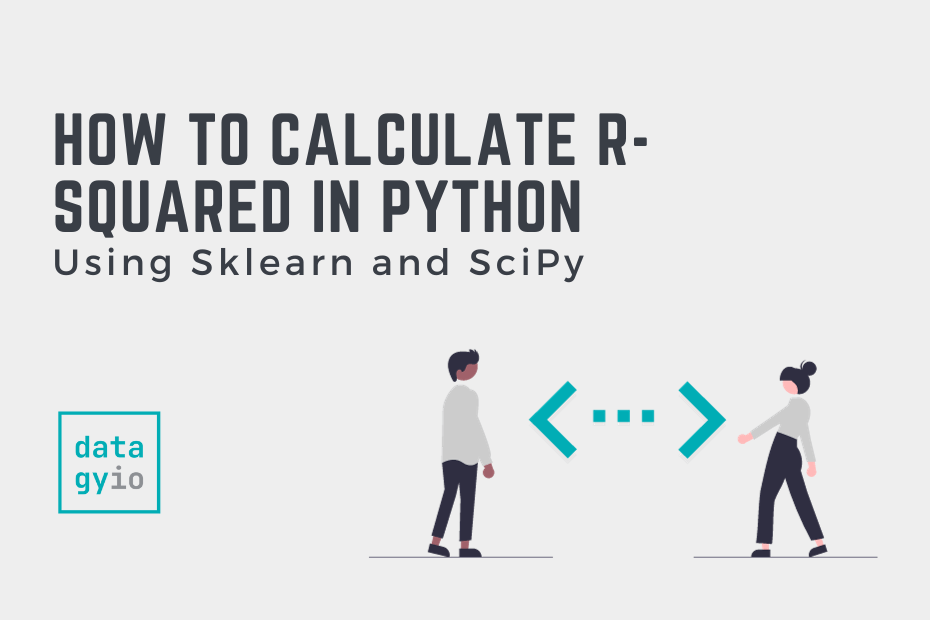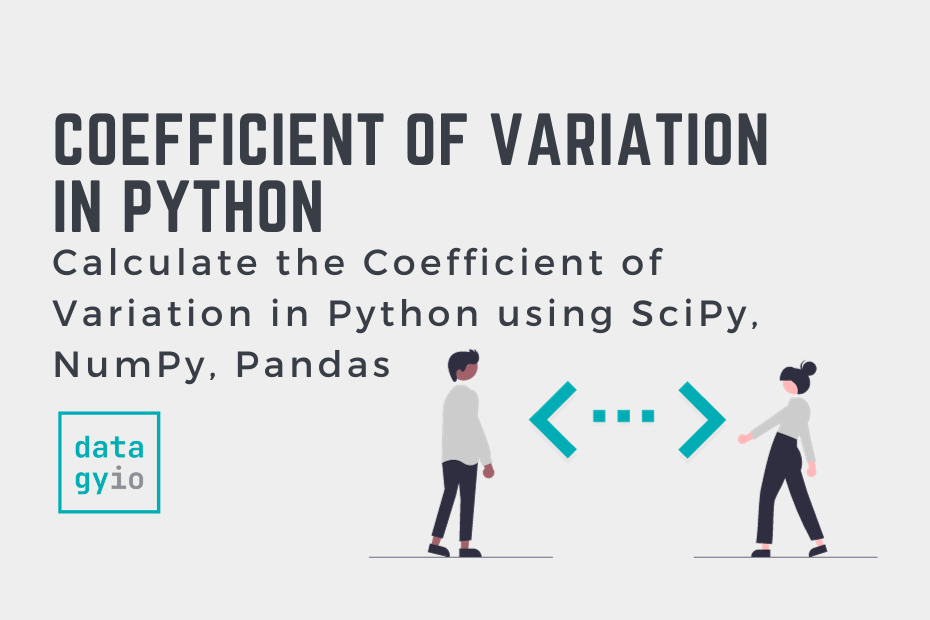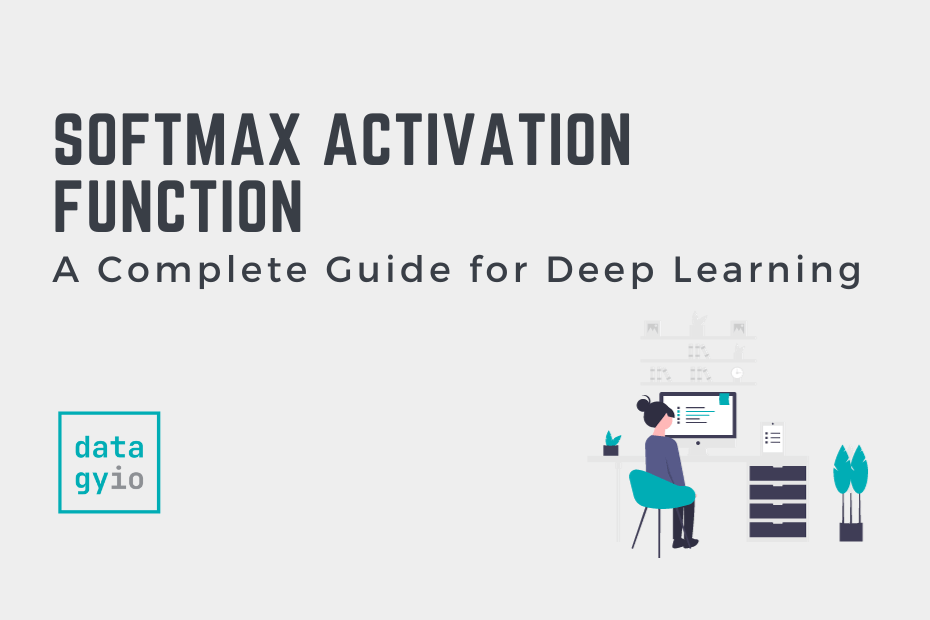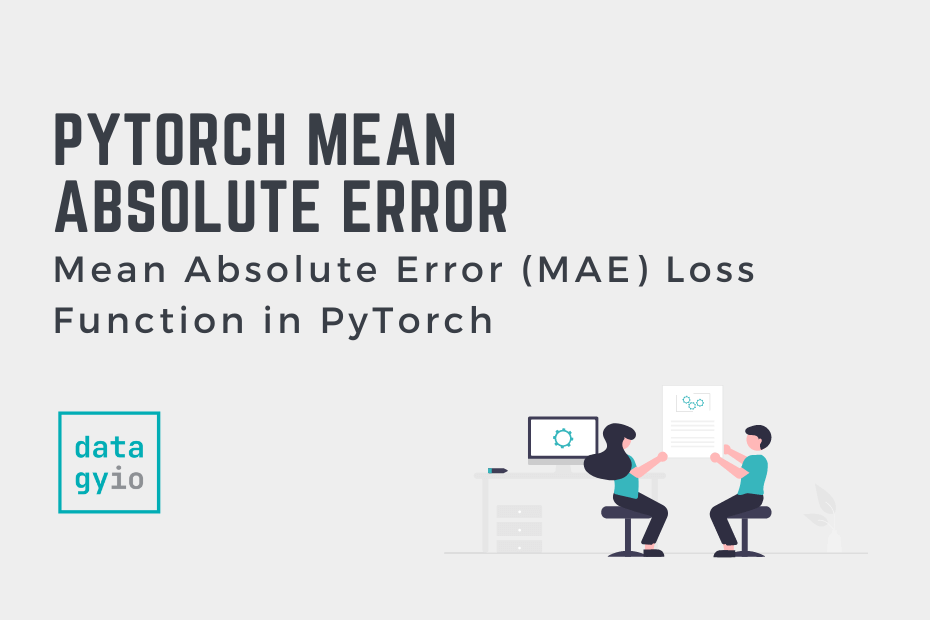Understanding Jaccard Similarity in Python: A Comprehensive Guide
The Jaccard Similarity is an important similarity measure that allows you to easily measure the similarity between sets of data. The measure has helpful use cases in text analysis and recommendation systems. It’s an easy-to-understand measure that has a simple implementation in Python. By the end of this tutorial, you’ll have learned the following: Why […]
Understanding Jaccard Similarity in Python: A Comprehensive Guide Read More »


